Continues from: On Budget 2017
Only if there are economies of scale
Master Builders Association Malaysia president Foo Chek Lee: Prices of building materials must be stable because it will directly impact the construction cost and eventually affect property prices. Of course, labour cost is another key factor that affects property prices.
 On building materials, cement and steel prices are reasonably stable now compared with four to five years ago. Another reason for the relatively stable building materials cost is that many big civil engineering jobs do not compete to use certain materials and building methods as many of them are shifting to the Industrialised Building System (IBS).
On building materials, cement and steel prices are reasonably stable now compared with four to five years ago. Another reason for the relatively stable building materials cost is that many big civil engineering jobs do not compete to use certain materials and building methods as many of them are shifting to the Industrialised Building System (IBS).
The government should encourage the use of the modular type of IBS. This can involve SMEs (small and medium enterprises) producing the components to speed up construction. We urge the government to review the tax imposed on IBS equipment. We do not see many incentives in Budget 2017 for contractors and developers that use IBS. We should encourage the industry more to move towards the use of IBS.
Soam: We have discussed in Rehda internally a proposal that by 2018, industry players in the Klang Valley, Penang and Johor will be required to use IBS in at least 50% of their development projects.
This will put everyone on a more level playing field and raise demand for IBS building components. Higher demand will encourage more suppliers and, eventually, prices for IBS components will come down due to the economies of scale.
I agree with Mr Foo that everyone should go for the modular type of IBS because it has less wastage. Modular is just like Lego bricks, where building blocks will be produced according to the requirement. For example, you don’t have to cut tiles at the corners anymore because accurate-sized tiles can be produced under the IBS modular system. Right now, about 25% to 30% of the projects in the country are being built using IBS and these are mainly high-rises.
By using IBS, we can save cost through faster delivery, less labour and less wastage. We also need to change the mindset of buyers. In Malaysia, buyers are still not confident with houses built using IBS. For instance, in Australia, it is common to build homes using particle boards but in Malaysia, we will knock on the wall and if we hear a hollow sound we think it is of bad quality.
Local authorities need to change their mindsets too. They should be flexible with the materials used in construction as long as they serve the same purpose.
All stakeholders in the industry and buyers must change their mindsets towards IBS as well, only then can IBS work in our country.
On the cost of construction: Labour remains a major issue
Foo: One major issue is labour. Malaysia’s jobless rate is around 3.4%. We have a population of 37.1 million. So slightly more than one million people are jobless. If we do not count the elderly, children and ladies, there are not even a million people left and if all of them work for the industry, it still won’t be enough.
So, we cannot deny that the construction industry needs foreign workers. To bring in legal workers will easily take six months. Their contracts only last about 1½ to 2 years, so almost 25% to 30% of them will be gone after two years.
The situation has slightly improved in recent times but it is still too time consuming to bring in foreign workers while the cost of hiring them is high, especially if they are skilled workers.
The government has several training centres to train workers for the construction sector. Most of them have the theoretical knowledge but they lack the practical knowledge. Most of them do not even join the industry after they graduate because they find jobs in the construction sector very difficult and tiring.
Soam: The shortage of skilled workers is the biggest challenge we are facing in the construction industry. All this while, people have been asking us why we do not use local people but the fact is, no locals want to do the job. They say this is a “3D” job — Dangerous, Dirty and Difficult.
Skilled workers today make much more than those working in offices but our youths do not want to do such work.
Foo: Another cost issue is related to the implementation of the GST (Goods and Services Tax). The government should forego the GST on construction materials. Although contractors can claim back the tax, they have to wait and this is a burden to them in terms of cash flow.
Soam: When developers build residential properties, the construction materials used are GST exempted, so that means we cannot claim back the input tax of the materials. As a result, we have to absorb the cost. For properties that have a fixed price, such as low- to medium-cost houses, it is going to be worse as the amount is going to be subsidised by buyers of other categories of properties.
Foo: Our tax structure is the highest among Southeast Asian countries, so I think the government should reduce the GST on construction materials and heavy machinery so that we can bring in better machinery which offer greater productivity and efficiency.
Tan: Implementing a few big projects all at one time is not good for controlling prices of building materials. For example, prices went up significantly when the Mass Rapid Transit 1 (MRT 1) construction work started. The MRT 2 construction work will be starting soon, so we must watch prices carefully, especially so in Kuala Lumpur where the industry is very sensitive to cost.
Local authorities could help keep building costs low by being more relaxed about construction work hours and by providing more dump sites. Of course we appreciate the authorities wanting to keep the city clean and neat but when they get carried away with their mission, it becomes a great burden to contractors.
Continues on: On bringing down property prices
This story first appeared in TheEdgeProperty.com pullout on Oct 28, 2016, which comes with The Edge Financial Daily every Friday. Download TheEdgeProperty.com pullout here for free.
TOP PICKS BY EDGEPROP
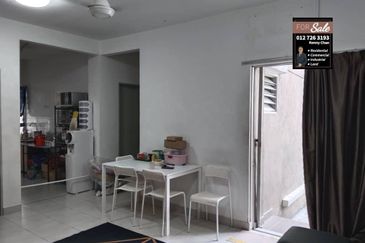
Pangsapuri Akasia, Bandar Botanic
Bandar Botanic/Bandar Bukit Tinggi, Selangor

Union Heights
Jalan Klang Lama (Old Klang Road), Kuala Lumpur
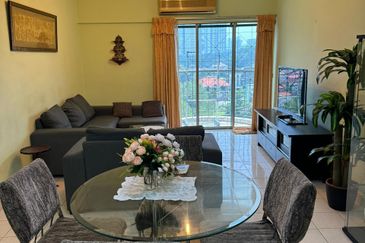
Union Heights
Jalan Klang Lama (Old Klang Road), Kuala Lumpur

Nusa Perdana Serviced Apartment
Gelang Patah, Johor


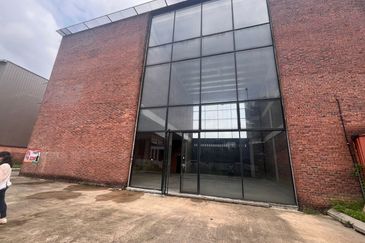
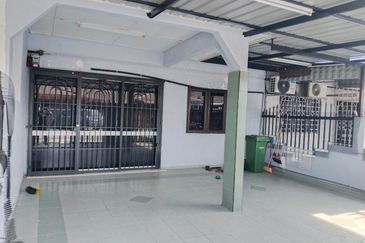
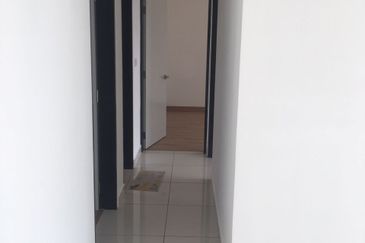
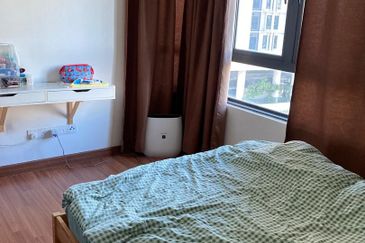
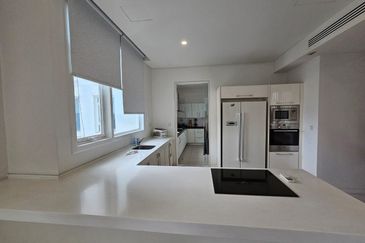
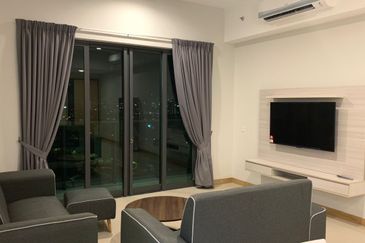
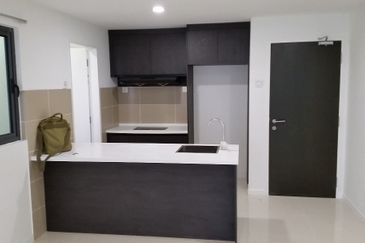
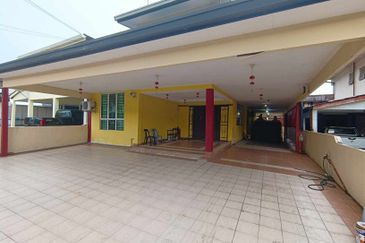

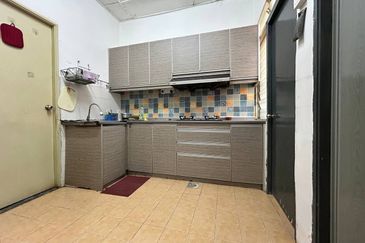



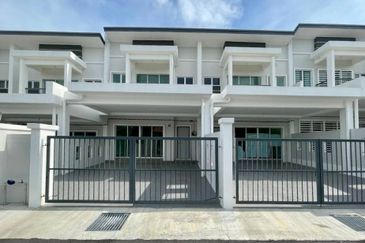


hero.jpg?GPem8xdIFjEDnmfAHjnS.4wbzvW8BrWw)



